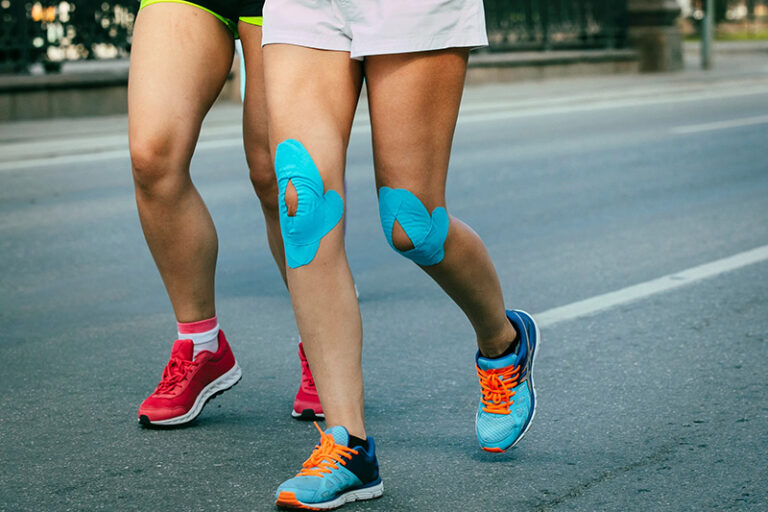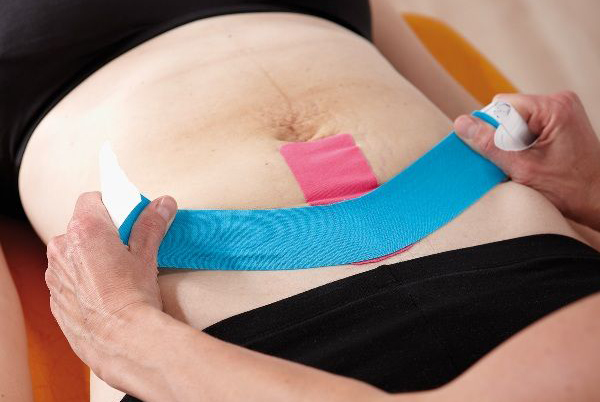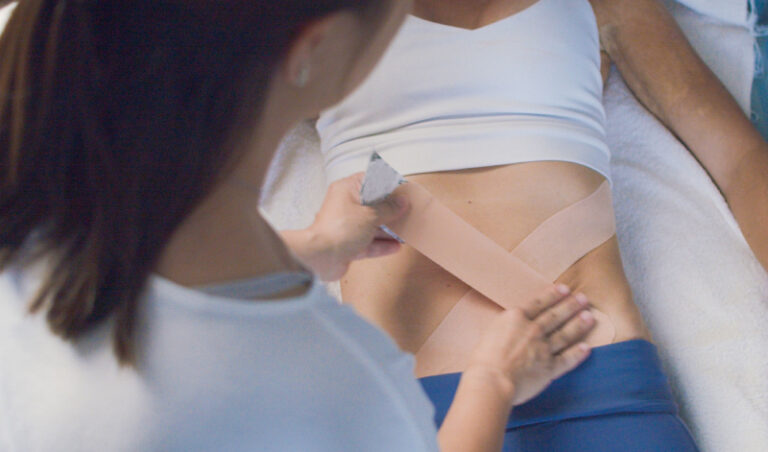If you’re dealing with carpal tunnel syndrome, you know that the pain can be unbearable. In this article, we’ll show you how to apply kinesiology tape for carpal tunnel relief. This kinesiology tape for carpal tunnel is made from a sticky adhesive that helps to reduce inflammation and support nerve function.
What is Carpal Tunnel Syndrome?
Carpal tunnel syndrome is a condition that results from compression of the median nerve, which passes through the carpal tunnel. The syndrome is often caused by repetitive use of the hand and can be particularly severe in people who are inactive or have other health conditions. Treatment typically includes exercises and medications.
The syndrome is caused by compression of the median nerve in the hand. Treatment includes rest, ice, and physical therapy. Kinesiology tape for carpal tunnel can help relieve pain and improve function in people with carpal tunnel syndrome.
For wholesale kinesiology tape, please contact Aupcon.
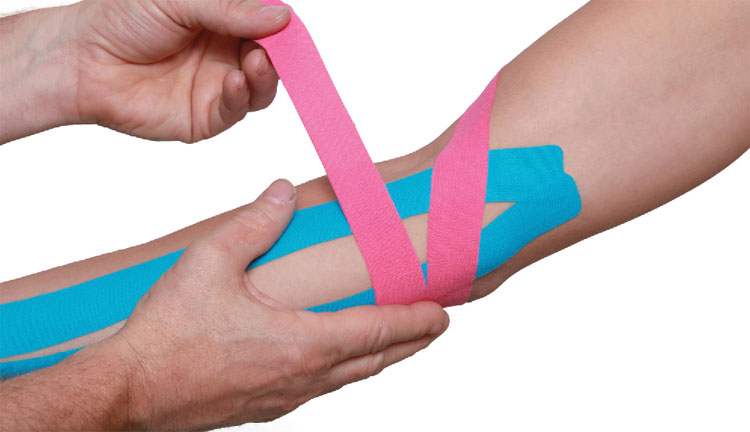
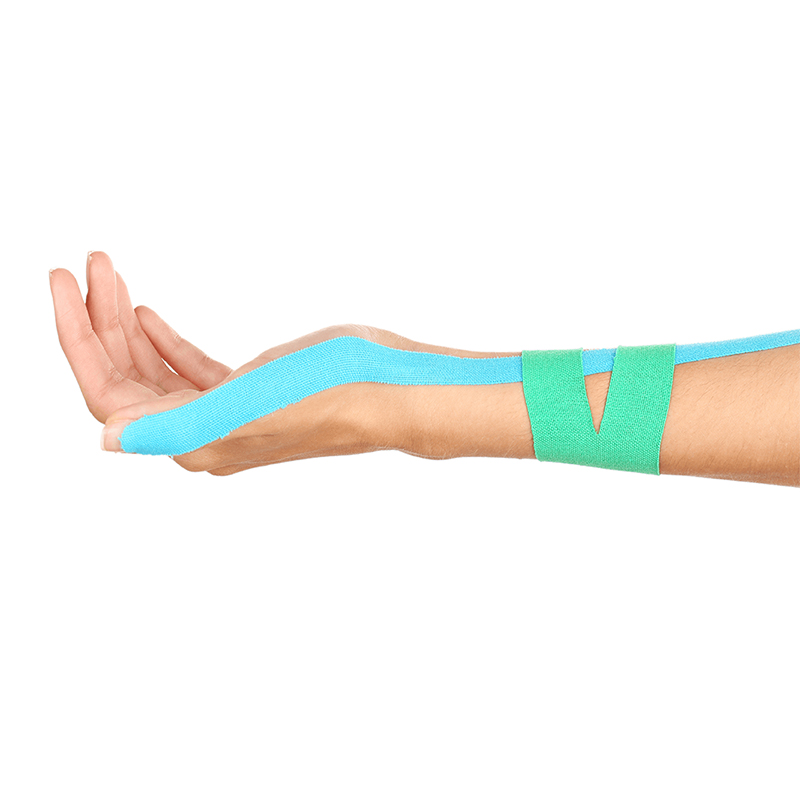
What is kinesiology tape for carpal tunnel?
Kinesiology tape for carpal tunnel is a type of therapy that uses adhesive tapes to help relieve carpal tunnel syndrome symptoms. The tape is placed on the affected area and then applied pressure to restrict blood flow. Kinesiology tape has been shown to be effective in reducing pain and improving function in people with carpal tunnel syndrome.
Kinesiology tape for carpal tunnel is made of medical-grade adhesive that helps to stretch and support tissues. The tape is applied to the palms, fingers, or wrists and then pulled tight. The tape creates a gentle massage that helps to improve circulation and relieve pain. In some cases, kinesiology tape for carpal tunnel may be all that is needed to treat carpal tunnel syndrome.
What are the Different Types of kinesiology tape for carpal tunnel?
The most common type of kinesiology tape for carpal tunnel is the elastic bandage. Elastic bandages are made from stretchy fabric and are wrapped around the hand several times. They provide gentle compression and support for the hand and wrist, helping to relieve pain and improve function.
Elastic bandages are easy to apply and remove; you can simply unwrap them as needed. However, they do not provide long-term relief and cannot be used on areas such as the thumb or fingers.
Another type of kinesio taping is called the pressure bandage. Pressure bandages are made from a soft cotton fabric and have a sticky surface. When applied, they create a pressure point on the skin that helps to relieve pain and swelling. They can be worn for extended periods of time, but should be replaced every few days because they lose their stickiness over time.
Pressure bandages have several advantages over elastic bands: they provide longer-term relief, can be worn on more areas of the body, and may improve function if used in combination with other forms of therapy such as splints or physical therapy exercises. However, pressure bandages do not compress as much as elastic bands, so they may not be as effective at reducing pain levels in some cases.
The third type of kinesio taping is the heat bandage. Heat bandages are made from a soft, stretchy fabric and are wrapped around the hand or arm like a bandage. They are heated before use, and this heat helps to reduce pain and swelling. Heat bandages can be worn for up to an hour, and they are the most effective type of kinesio taping at relieving pain and improving function.
How to Apply Kinesiology Tape for Carpal Tunnel Syndrome?
Kinesiology tape for carpal tunnel is a type of adhesive bandage that is used to treat carpal tunnel syndrome. Kinesiology tape is made of a soft, elastic material that is wrapped around the wrist several times. The bandage helps to stretch and relieve tension in the carpal tunnel.
To use kinesiology tape for carpal tunnel syndrome, wrap the bandage around your hand three or four times. Make sure the bandage is tight but not too tight. Keep the bandage on for at least 15 minutes, and up to an hour if needed.
After applying kinesiology tape for carpal tunnel syndrome, you should rest your hand for at least 20 minutes before doing any activity. You can also take ibuprofen or aspirin to relieve pain. If the pain persists after following these tips, see a doctor for further evaluation.
Conclusion
Kinesiology tape can be a great way to treat carpal tunnel syndrome. By applying kinesiology tape for carpal tunnel to the nerves in your hands, you can help relieve symptoms and improve your quality of life. Kinesiology tape is easy to apply and can provide long-term relief for carpal tunnel syndrome. If you are experiencing symptoms of carpal tunnel syndrome, be sure to speak with your doctor about the possibility of using kinesiology tape as a treatment option.
FAQ
Does kinesiology tape work for carpal tunnel?
However, if you’re looking for an alternative method to treat Carpal Tunnel Syndrome, kinesiology tape for carpal tunnel might be your answer. Kinesiology taping is considered the first true therapeutic taping technique. Practitioners and athletes around the world have embraced this effective, safe, and easy-to-use therapy.

